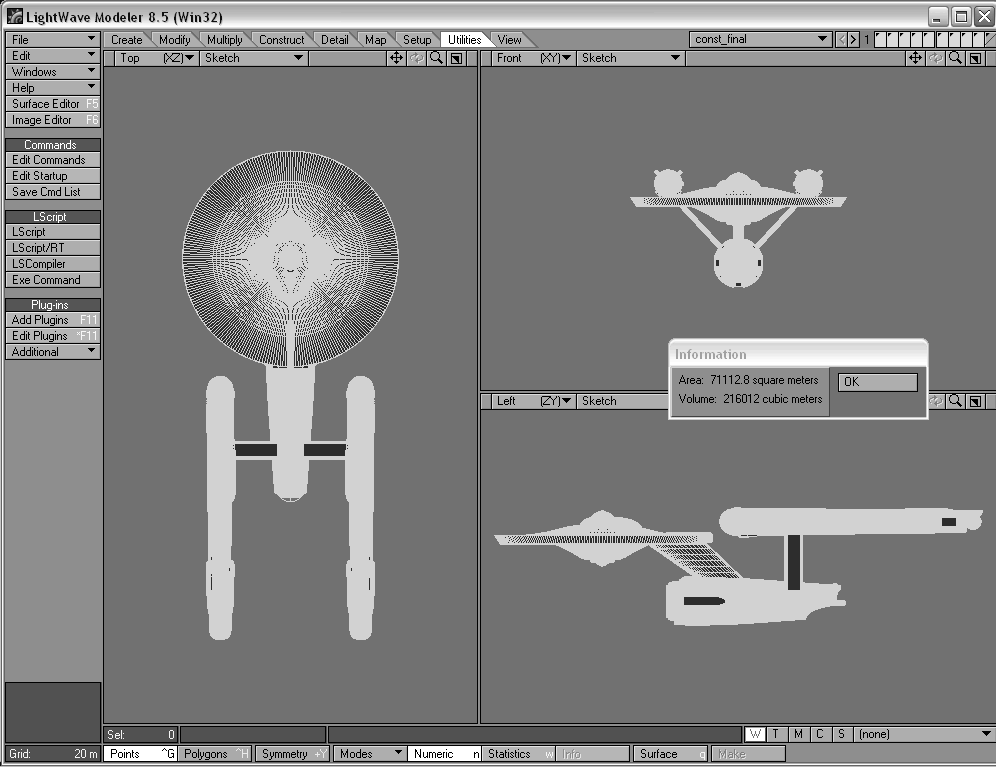Not sure where that "asteroids" reference is, but mine has the bit about Spock being half-Martian. Oddly enough, that part is also in TMoST, page 30.
Yet page 30 of my book is still talking about "The Lieutenant". Shouldn't that be some proof for you there that there are indeed different edits and formats available?
Again, the format is presented as an historical document, detailing the original ideas behind the formation of the show. With so many of the other details being clearly changed, it makes no sense whatsofreakingever to alter anything about it.
HAH! It is not a historical document. It is a licensed sundry product designed to sell to Star Trek fans who want some 'behind the scenes' details without compromising the studio in any way. It's a useful book, sure, but it's not a 'book of historical record' by any stretch of the imagination.
Bjo ran Lincoln Enterprises when it started, and Dorothy Fontana saw the format before anybody else did (for all we know, she might've typed the thing up). I think they might have a few thoughts on the subject, especially if any revisionism took place.
And with due respect, neither of them are principals or had a hand in the decision process that far back. I also doubt that either of their memories' are that exacting and detailed about the bloody format of the original pitch, and pestering them on that minutae, when they haven't given it up after all this time, seems like a jackass move to me.



